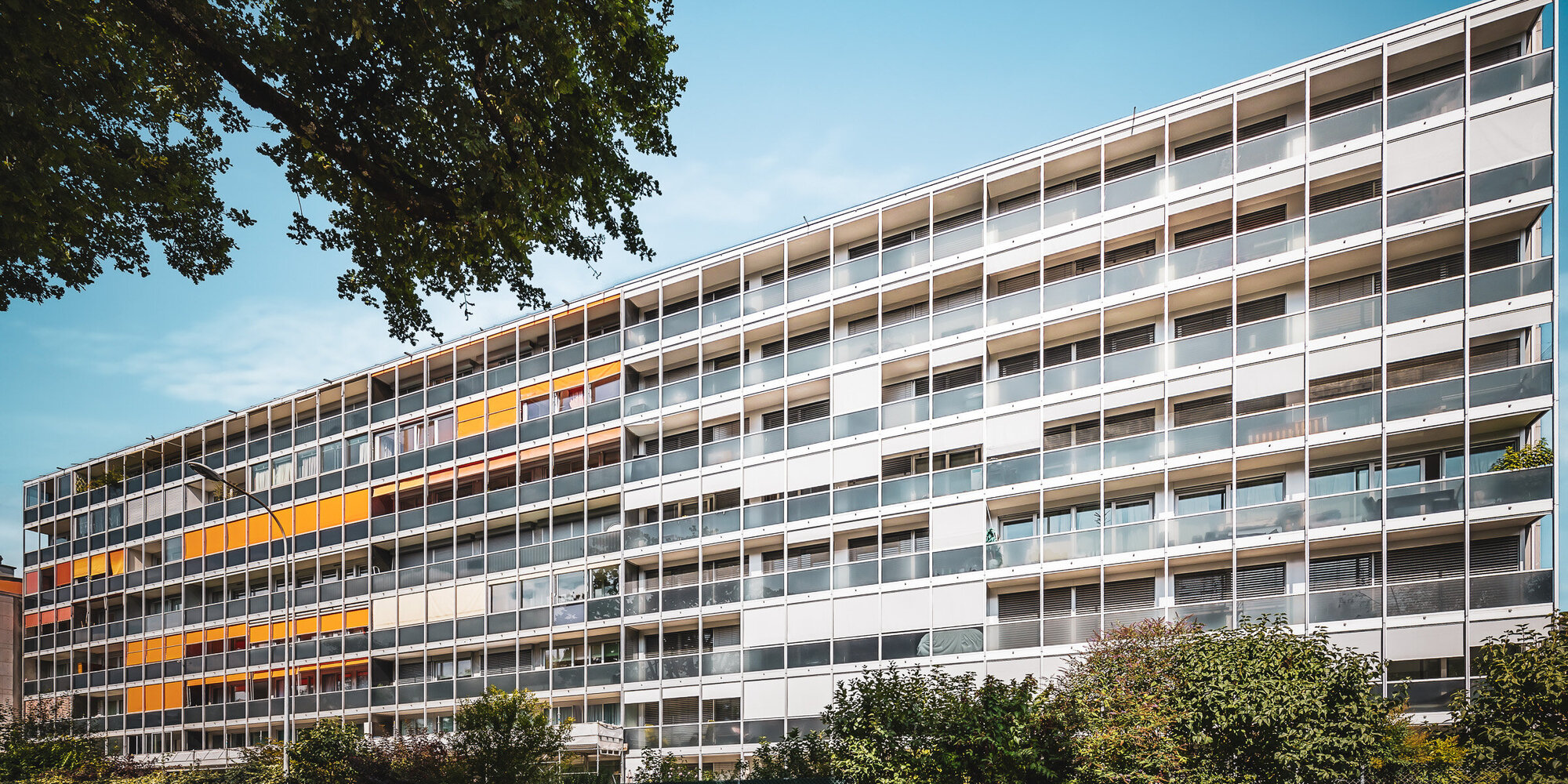Swiss real estate funds – overpriced or undervalued?
The price premiums and discounts paid on the market for Swiss real estate funds regularly give rise to discussion. We list the most important price-relevant factors and analyse whether the current valuations are appropriate in our view.
Authors: Flurin Joller and Elias Lipp

At around the same time as the most recent annual high for listed Swiss real estate funds, discussions have flared up about their valuation and the prices traded on the stock exchange. Most funds are currently showing a premium and only a few a discount to the net asset value (NAV). However, the range between the various funds is very wide.
What is the net asset value and the premium/discount?
The net asset value (NAV), also known as the intrinsic value, is the sum of all assets of the real estate fund, less liabilities and deferred liquidation taxes.
The premium or discount is the difference between the market price of the real estate fund and the NAV. A premium means that investors pay more for a fund unit than the underlying properties are valued at. Conversely, a discount means that investors pay less for a fund unit than the underlying properties are valued at.
Components of the Premium
A premium or discount consists of internal and external factors.
Internal factors:
- Deferred liquidation taxes: During the lifetime of a real estate fund, value increases accumulate over time, which can trigger significant taxes in the event of liquidation. Particularly in the case of real estate funds that acquired the properties decades ago, deferred taxes can amount to more than 15%. On average, they are currently around 8% of the NAV.
- Diversification premium: A broad distribution across different regions, locations and types of use reduces the risk of rental defaults and property-specific risks. Given this, investors are willing to pay a premium for diversification.
- Liquidity and legal certainty: daily tradability on the stock exchange and legal certainty (including publication requirements and investor protection, as the investment vehicles are regulated) are further decisive advantages.
- Expected value: Although individual portfolio characteristics such as property, location and tenant quality are already reflected in the valuation, the various investors' own expectations regarding value and income trends are nevertheless factored into the corresponding prices.

External factors:
- Interest rates: The interest rate environment has a particularly strong influence on real estate prices. Investors anticipate corresponding movements in the fundamentals of real estate investments, such as financing costs or the level of the discount factor in valuations.
- Investment alternatives: If, for example, bond yields rise or the risk-free interest rate climbs, this can dampen the attractiveness of real estate funds and vice versa.
- Rental market: The stock market also tends to price in changing prospects on the rental market (vacancy levels, rental growth prospects, etc.) much faster than real estate valuers.
Current valuations show large discrepancies
A look at the current valuation of listed real estate funds reveals the following: The current average premium is 22.5%. This is very close to the historical, index-weighted average of 21.5%. In a long-term comparison with the yield on the 10-year Swiss government bond, the real estate funds also appear to be appropriately valued.
However, it is noticeable that real estate funds with a focus on residential properties are valued significantly higher with a premium of 26.3% than real estate funds with a focus on commercial properties. Here the premium is just 4.2%.
In addition, the premium to intrinsic value for real estate shares is currently even negative (-1.2%) and is therefore well below the long-term average of 10.4%.
Listed real estate funds reasonably valued by historical standards, real estate shares below NAV

Not only the premiums, but also the NAV valuations of the respective funds and thus the underlying valuations of the properties offer room for interpretation. Among other things, the transaction market with the prices offered there and the associated yield requirements of the market participants are decisive for the valuation of the properties. These findings are then fed back into the valuations, albeit often with a certain time lag.
What distribution yields can be expected?
Another valuation indicator is the distribution yield. It indicates the level of distributions that can be expected from Swiss real estate funds in relation to current market prices. Putting this in relation to the prevailing interest rate environment also gives a very good impression of the valuation level.
The average distribution yield based on current prices is 2.68%, which corresponds to a yield spread (distribution yield minus yield of a 10-year Swiss government bond) of 2.23%. In a long-term comparison, this spread is slightly lower than the historical average (2.90%). If we assume that real estate investments offer protection against inflation and therefore also take into account the medium-term inflation expectations of the Swiss National Bank (SNB), the real yield spread is significantly higher at 3.16%. However, this is also slightly below the historical average (3.87%). In relative terms, however, the real yield spread is closer to the historical average.
Distribution yield less the real or nominal yield of the 10-year Swiss Confederation bond

Conclusion
In summary, the premiums of listed funds have risen in recent weeks, but the current valuation is appropriate in a historical comparison. Funds with a focus on commercial properties and real estate shares are valued below average. The risk premium, measured by the yield spread, also shows the continuing attractiveness of indirect Swiss real estate investments.
